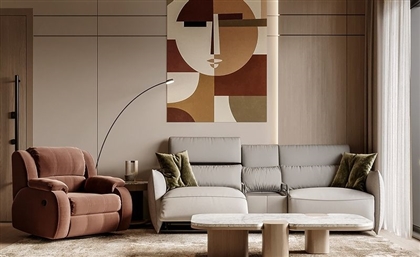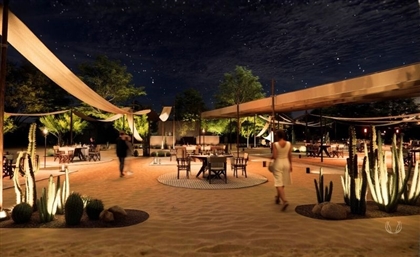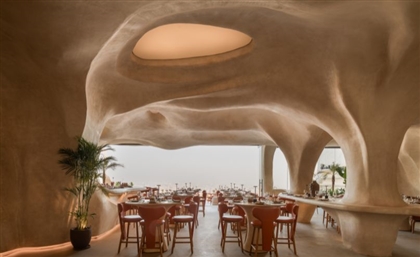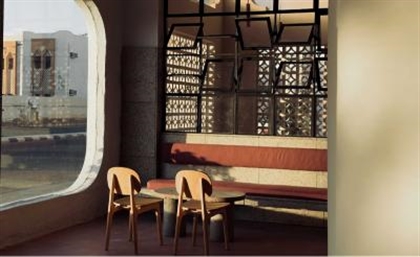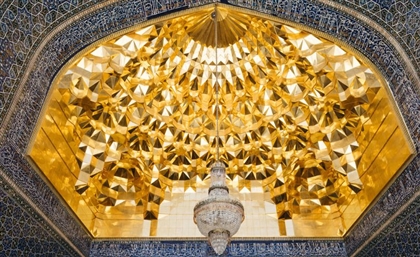Famed Architect Stefano Boeri to Build Vertical Forests in New Capital
Stefano Boeri’s three new buildings - featuring verdant ‘vertical forests’ - will be the first of their kind in Africa, designed to counteract the effects of urban pollution and climate change.
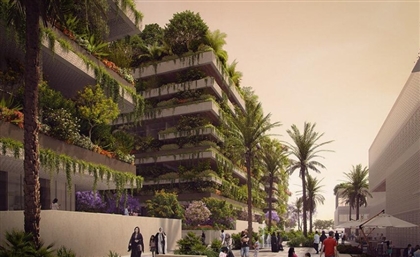
Italian architect Stefano Boeri, winner of numerous international architecture awards for his ‘Vertical Forest’ buildings and designs, is bringing three of his verdant creations to Egypt’s New Administrative Capital. Working alongside long-time collaborator Francesca Cesa Bianchi and local Egyptian designer Shimaa Shalash, the trio have come up with designs for three experimental residency buildings which buck the trend to reimagine how urban constructions can reverse the negative effects of climate change.
The three structures, currently being built in the southeast of the city by real estate developer MISR Italia Properties, will serve as two residential buildings and one hotel. Set to be complete in 2022, the green cubes will share a height and width of 30m and will host 350 trees between them, in addition to more than 14,000 shrubs and perennials from 100 different species.
Overhanging from balconies and spilling onto terraces, the buildings’ rich vegetation will create a unique perceptual relationship with each inhabitant as the buildings’ varying depths and sizes of loggias allow for new perspectives from which to admire the overwhelming verdure. For those passing by or frequenting the nearby commercial centre, the Vertical Forests will provide a picturesque view, creating a continuous natural green screen as they meet the opening to a large public park.
Bringing more than just beauty to the city, Boeri’s designs will be the first of their kind in Africa and will cement the New Administrative Capital as the first metropolis in the north of the continent to tackle the overwhelming challenge of climate change. The Vertical Forests will be able to absorb approximately seven tonnes of carbon a year whilst producing eight tonnes of oxygen, dramatically reducing pollution in the local urban environment. Their green and permeable surfaces will diminish the intensity of heat islands frequently caused by sunlight reflecting from glass façades whilst atop their roofs, solar panels will ensure the irrigation system operates with reduced energy consumption. Throughout, the buildings’ sheer variety of vegetation will multiply urban biodiversity, attracting bird and insect populations which promote plant health without the use of pesticides.
Providing shade, increased air quality and improved well-being to residents and onlookers, the flourishing, green structures will stand as striking testament to the governorate’s Greener Cairo initiative - a scheme aimed at augmenting local ecological health as a way of tackling climate change, and which includes plans to sow thousands of rooftop gardens throughout the city.
- Previous Article The Enduring Charm of Jeddah’s Old Town of Al Balad
- Next Article Egypt’s Best Destinations for Dreamy Dressing Rooms
Trending This Month
-
Jan 10, 2026




